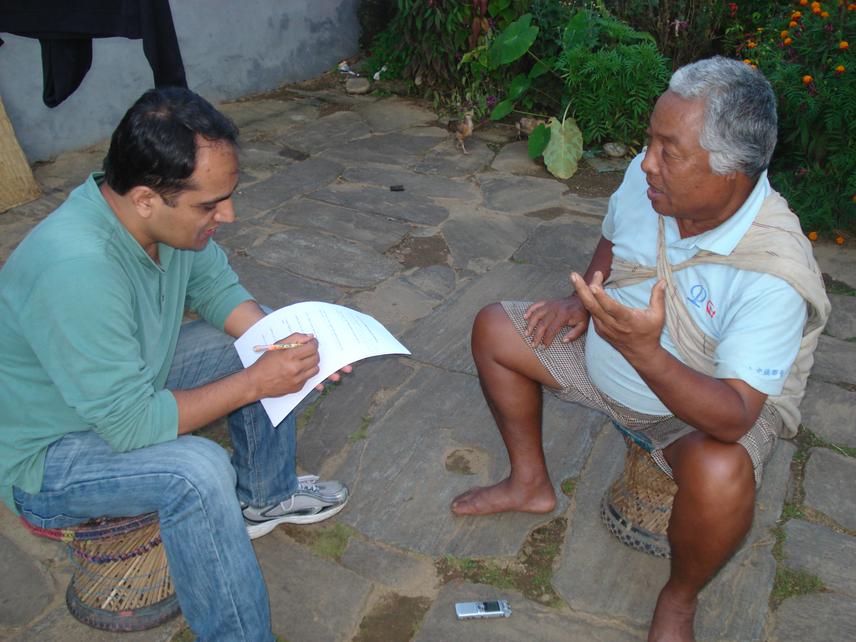Nabin Baral
Other projects
29 Jul 2008
The Maoists Insurgency and Conservation in Nepal: Exploring Institutional Resilience of Community-Based Conservation
The project aims to examine how the Annapurna Conservation Area (ACA) is adapting to rapid changes in Nepal. Building upon the previous research projects, the data will be collected and analysed within a comparative study framework to detect changes over time.

The Annapurna Conservation Area (ACA) is a role model of community-based conservation and it has shown remarkable resiliency to the decade-long Maoist insurgency. Following the insurgency, there have been rapid changes in political, social and economic spheres in Nepal. It is therefore crucial to investigate how ACA is adapting to the new environment. The project will attempt to answer a question “What factors build the resilience of the Annapurna Conservation Area in general?” by collecting both qualitative and quantitative data through scripted interviews, participant observation and content analysis of relevant documents.
The proposed project will make notable contributions towards establishing long-term socio-economic research in one of the most successful models of community-based conservation. Although there are several snap shot studies that claim the success of ACA, there is virtually no rigorous scientific study that documents how things are changing in the long run. Without rigorous scientific studies conducted at different time intervals to detect the trend of several parameters, it would be almost impossible to make scenarios for conjuring up the future trajectories of a system. I have been collecting important socio-economic data from the Annapurna Conservation Area since 2001, the proposed study will collect comparable data using the previous instruments and methods. The government of Nepal is planning to hand over the management responsibility of the ACA to local communities by 2017, so it is critical to evaluate the strengths and weaknesses of community-based organizations as compared to the 2007 study.
The study will provide some insights into thorny issues such as how the changes in the structures and processes of grassroots community-based organizations influence their performance, what facilitates social learning in grassroots community-based organizations, what boosts adaptive capacity of grassroots community-based organizations, and what governance arrangements are suitable for sustainable natural resource management. More broadly, the results of this study could reveal patterns in human-environment relationships that need to be heeded to devise future strategies for natural resource management in the eastern Himalayas. As such, I expect the research to provide valuable lessons for conservation managers and policy makers regarding how to make community-based conservation more resilient in the turbulent world.